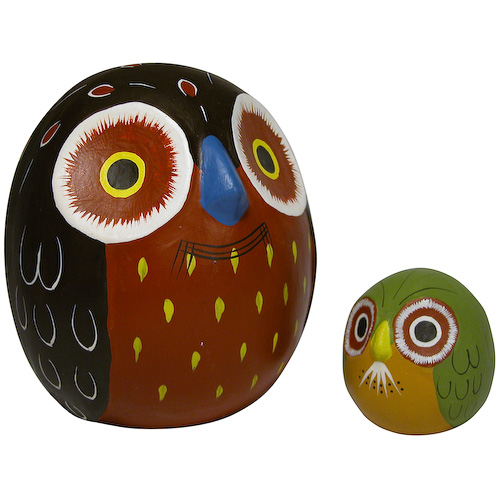Ayacucho, Peru is a small town south of Lima and was once the capital of the last pre-Inca Empire. Vestiges of human settlement as old as 15,0000 years have been found in the area. Ayacucho is the capital of the Huamanga Province and is said to have a “church on every corner,” with 33 colonial churches or renaissance, baroque and mestizo styles with stone fronts and insides carved in wood and covered with layers of precious metals. Today, Ayacucho is known for its variety and splendor of folk art.
Ayacucho artisans are descendants of the Wari tribe and much of the tribal imagery is preserved in their current crafts. Works of art include designs from Incan traditions, highland themes, religious images and environmental elements.
Located 37 miles from the city center of Ayacucho is the town of Quinua and the artisan cooperative, Ayacucho Peru. Three main artisan groups make up this cooperative and are known for their crafts that include ceramics, retablos and stone carvings. The pieces made by the Ayacucho artisans are unique because they are handmade and so no design is exactly the same.
Ayacucho artisans participate in their artisan group decision making process as it relates to production, handling, administration, payment and the operation of the group including problem solving for continuous improvement of their product and new designs. Ayacucho provides training to the artisans and necessary equipment for their craft making. Artisans are paid by each piece they produce. As much as possible the artisans use natural materials including colors, and recycled and raw materials.

















